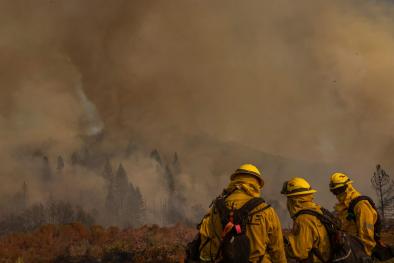Science Source
A biometeorology study of climate and heat-related morbidity in Phoenix from 2001 to 2006
- States that while an extensive literature on heat-related mortality exists, greater understanding of influences of heat-related morbidity is required due to climate change and rapid urbanization influences
- Undertakes an analysis of 6 years (2001–2006) of heat-related dispatches through the Phoenix Fire Department regional dispatch center to examine temporal, climatic and other non-spatial influences contributing to high-heat-related medical dispatch events
- The findings identified that there were no significant variations in day-of-week dispatch events
- The greatest incidence of heat-related medical dispatches occurred between the times of peak solar irradiance and maximum diurnal temperature, and during times of elevated human comfort indices (combined temperature and relative humidity)
Related Content
Headline

Feb 7, 2024 | Climate Nexus Hot News
Heat And Smoke Are Worse Together Than Apart
Science Source
| Science Advances
Unprecedented climate events: Historical changes, aspirational targets, and national commitments
Noah S. Diffenbaugh, Deepti Singh, and Justin S. Mankin
Science Source
| American Meteorological Society
Sixfold Increase in Historical Northern Hemisphere Concurrent Large Heatwaves Driven by Warming and Changing Atmospheric Circulations
Cassandra D. W. Rogers , Kai Kornhuber , Sarah E. Perkins-Kirkpatrick et al
Science Source
| American Meteorological Society
Diverse Characteristics of U.S. Summer Heat Waves
Bradfield Lyon and Anthony G. Barnston


